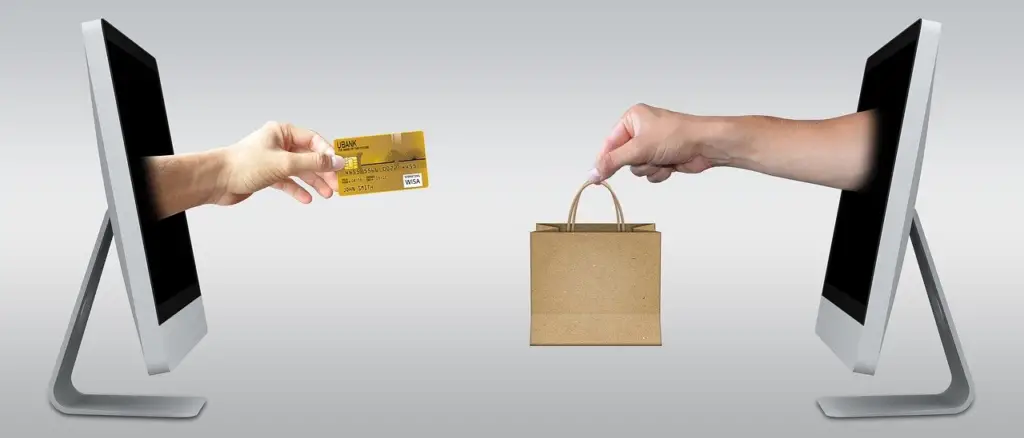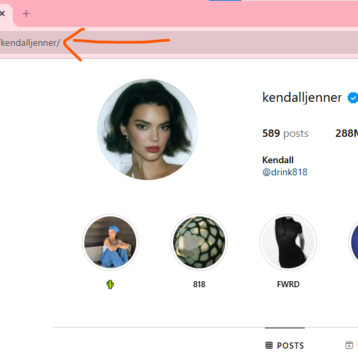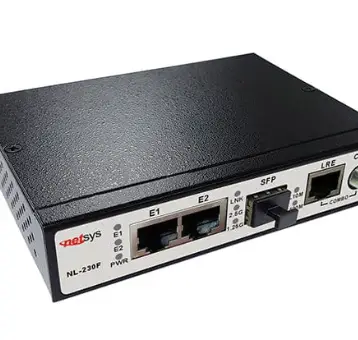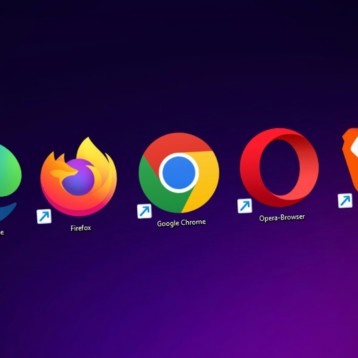
The pandemic has pushed consumers to make more purchases than ever before via the internet. Online sales have increased in most sectors. Even as brick and mortar stores begin to reopen, jewelry e-commerce is still expected to grow. But competition is likely to be fierce as shoppers are increasingly savvy and demanding in what they want from a virtual shopping experience. To stay relevant, businesses must stay on top of the latest trade developments. Read on to discover the top trends in the jewelry e-commerce niche in 2020.
Augmented Reality
Augmented reality (AR) is predicted to be an important tool in the future of online jewelry sales. AR is not the same thing as virtual reality (VR). Where VR is more immersive, AR enhances the customer’s view of reality, such as with digital graphics or information. AR can help boost sales in a variety of ways. First, it minimizes the difference between what customers see onscreen and what they get when their order arrives. Let’s say someone is shopping for a 30th anniversary gift. By providing a 3D model of a necklace or earrings, using AR, a photo of the recipient can be inserted so the person could virtually try them on. Such displays of gifts for wife (or anyone else) boost interest and attract visitors simply by their novelty, and many jewelry businesses are seeing significant sales increases by adding AR technology. AR also allows customers to view pieces up close and from all angles. Another feature of AR is 3D ads.
Shoppable Posts
Rather than a link taking buyers to another site, shoppable posts now allow customers to purchase with a single click. Seamless shopping simplifies the process for everyone involved. Customers love anything that is easy, and for businesses that struggle to drive traffic from different sources to their site, shoppable posts are a real boon. Instagram has reported an increase in sales of more than 40% since launching its social commerce. Another plus of social media commerce is that unlike on big platforms, social media followers tend to already be targeted to your niche, boosting the likelihood of a sale.
Mobile Payments
Mobile commerce (m-commerce) is booming. Business-to-consumer (B2C) sales are expected to top 2 billion users and $693 billion in the next year. Demand from jewelry shoppers for this option is even higher than for other sectors such as health and beauty or electronics. If you’re just starting out, you probably want to consider getting a jump on the trend. But while mobile payments are extremely convenient, they are also at increased risk from hackers, and make it harder to detect fraudulent transactions, so be sure to weigh your options.
Wearable Tech
Jewelry’s future is looking smart, technologically-speaking. The number of wearable devices is expected to reach 650 million by the end of 2020. Smartwatches have been around for a while and interest in smart rings, bracelets and necklaces is on the rise. Why? Because smart jewelry is attractive, functional, and cutting-edge. Consumers today prefer to wear a smart bracelet that can provide alerts and track activity rather than having to constantly look at (and carry) a phone. As the saying goes, the customer is always right, and jewelry niche businesses would be wise to listen.
Optimized Experience
This is true for all segments of e-tail but if you haven’t already, now is the time to optimize your site for mobile shopping. About two-thirds of shoppers use their phone to window shop, and a good three-fourths of those people make an impulse buy. A solid half of consumers do all of their online shopping via cellphone. A platform optimized for mobile is essential in today’s e-commerce world. This includes the ability to seamlessly do product searches and comparisons as well as make inquiries and payments, all in one visit.










